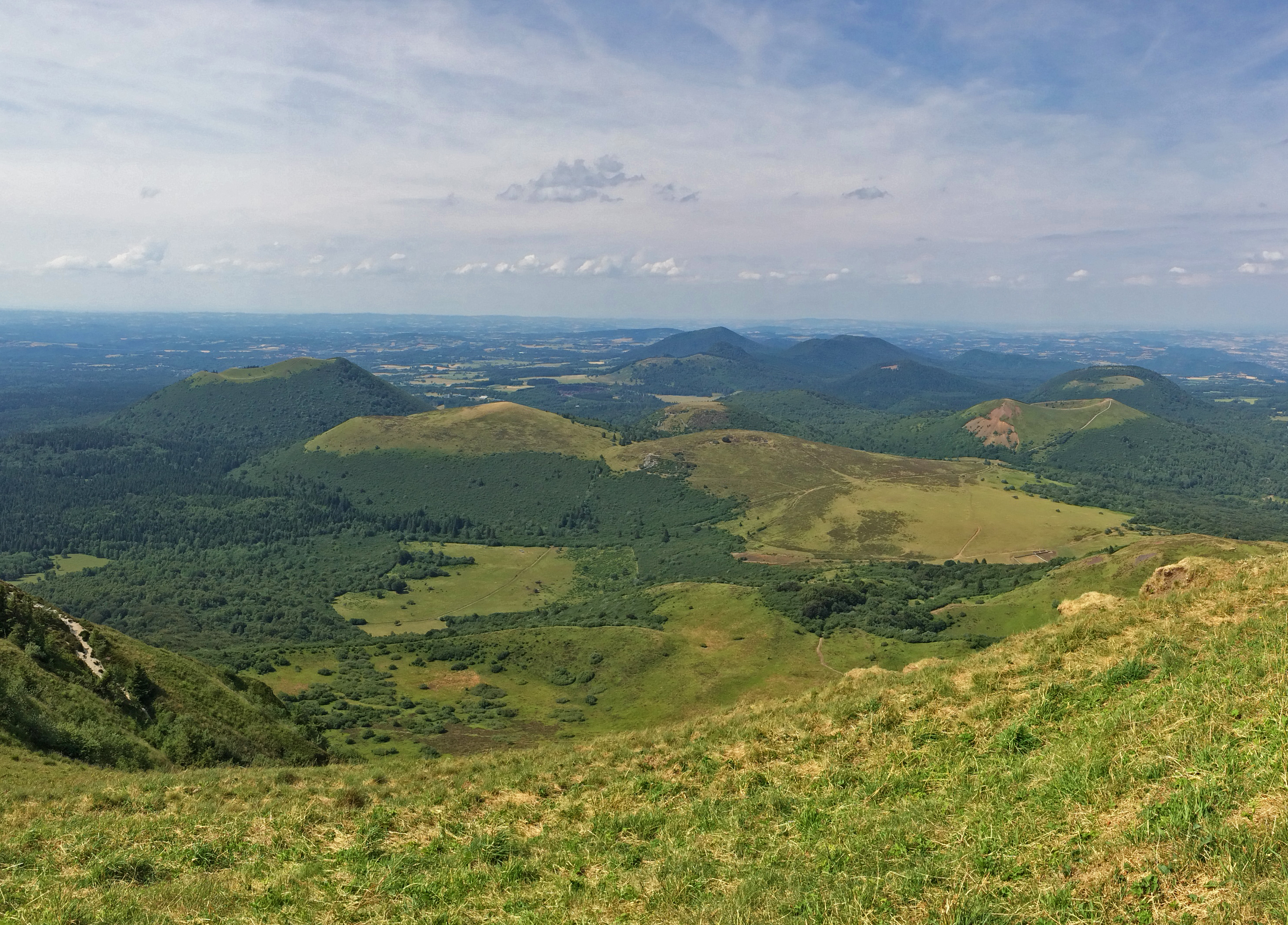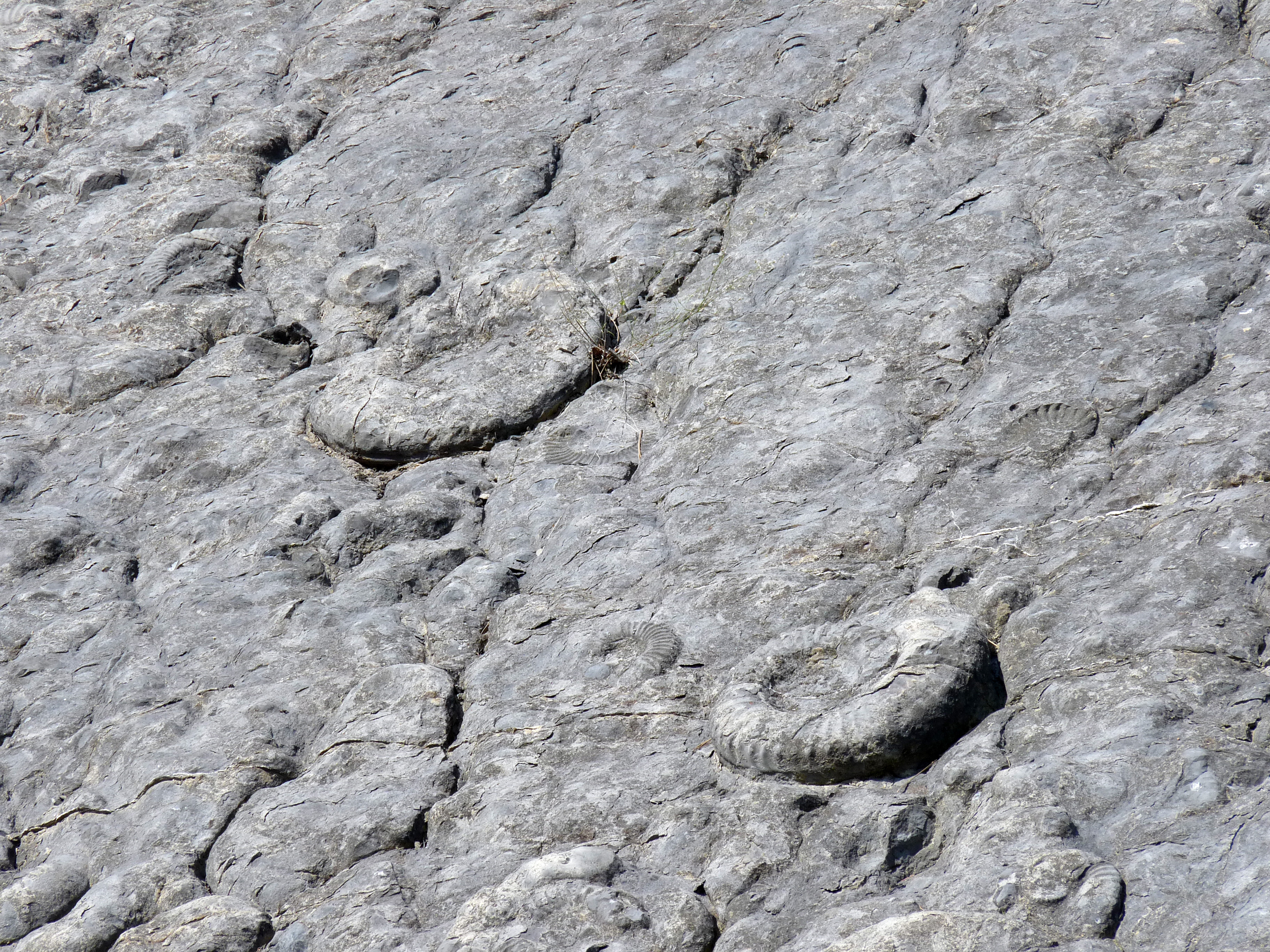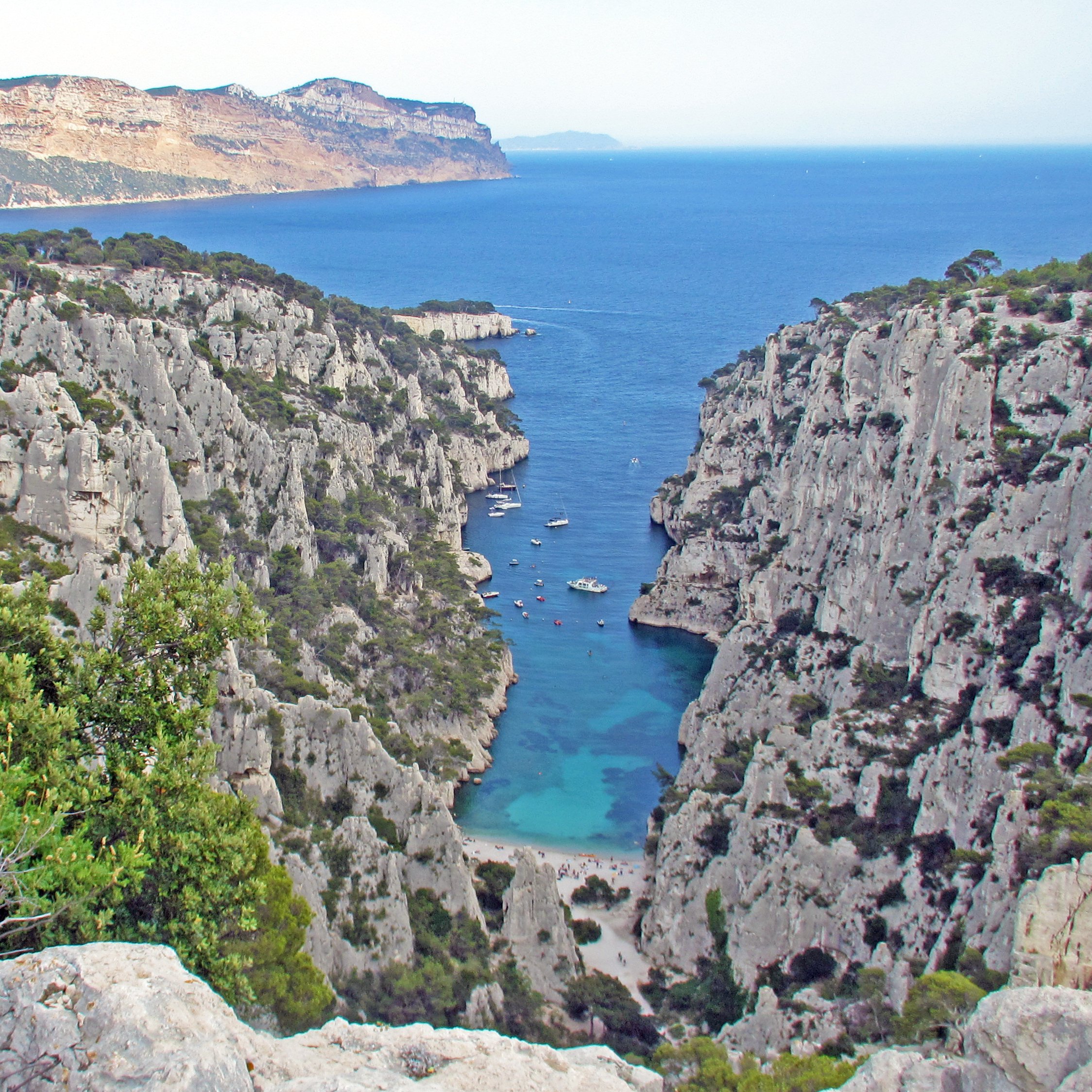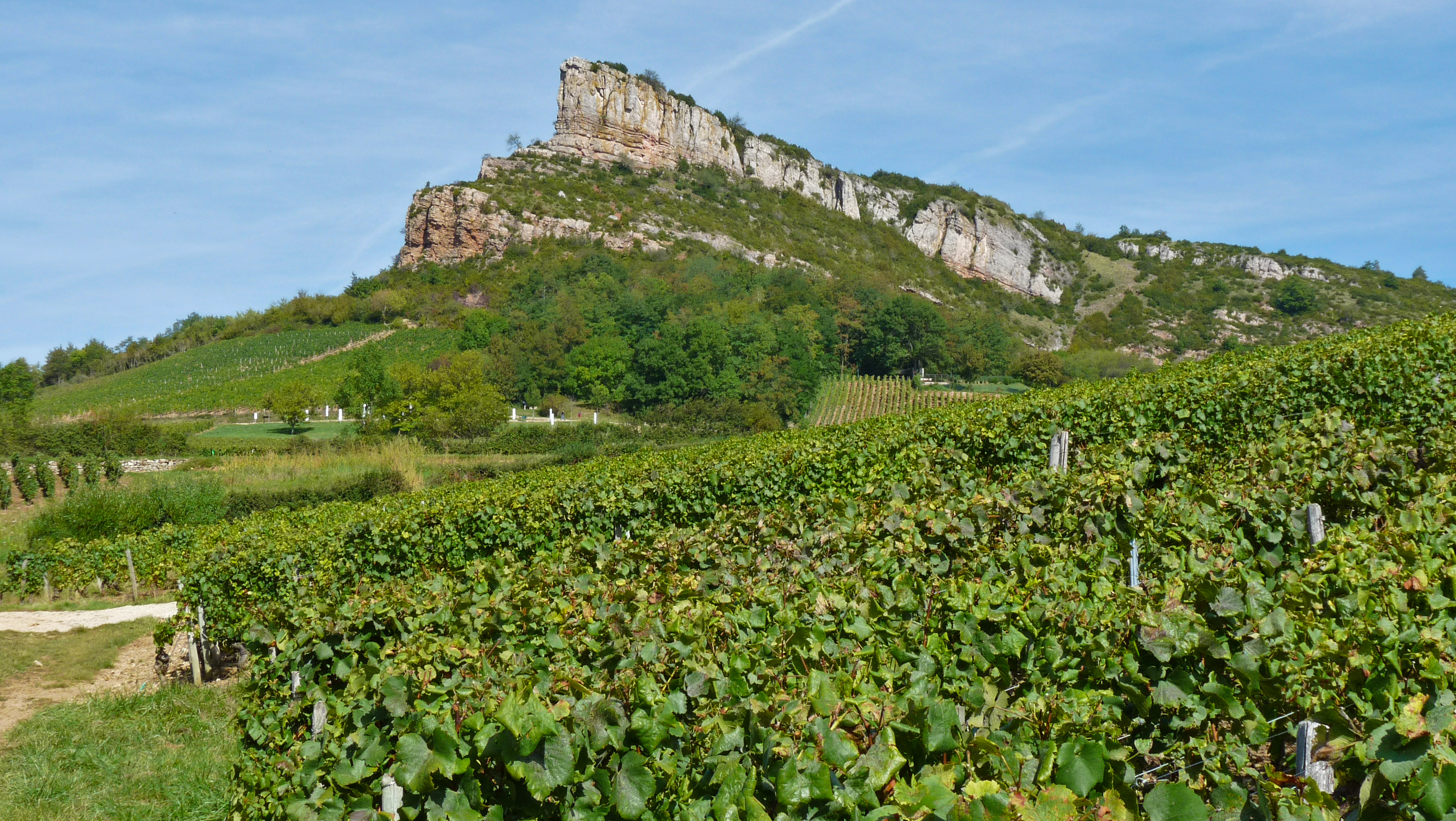Geoheritage, Geoconservation and Geotourism in France
A special issue of Geosciences (ISSN 2076-3263). This special issue belongs to the section "Geoheritage, Geoparks and Geotourism".
Deadline for manuscript submissions: closed (31 December 2023) | Viewed by 4356
Special Issue Editors
Interests: geoheritage; mineral resources; geological mapping; structural geology
Special Issue Information
Dear Colleagues,
This Special Issue of Geosciences aims to gather high-quality original research articles, reviews and technical notes on geoheritage, geoconservation and geotourism in France.
France is the world’s number one destination for international tourism, with almost 90 million people visiting the country each year. This attractiveness results from rich cultural and natural heritage including outstanding and varied landscapes, often related to geoheritage sites of international relevance. France is one of the pioneering countries for recognition of natural heritage. For some decades, geoheritage and its conservation have been increasingly developing with numerous initiatives for inventorying, protecting and promoting in situ and ex situ sites, thus bringing together many actors from the state to civil society. Moreover, citizens increasingly desire responsible tourism, and to better understand links between environment, culture and history. Geoheritage is a key element to address such a willingness and aspiration by designing the recent concept of geotourism.
Therefore, we would like to invite you to submit articles (in English) about your recent work, research or case studies, with respect to the following topics:
- Geoheritage sites in France (mainland and overseas);
- Inventory of geodiversity: professionals and amateurs contributions;
- Legislation, policy and labels for geoconservation;
- Conservation of palaeontological/mineralogical collections;
- Promoting and developing geotourism;
- Links between cultural/industrial heritage, geoheritage and geotourism;
- Education and promotion related to geodiversity and geoheritage;
- Citizen science and empowerment.
We encourage you to send us a short abstract at an early stage to see if your proposal fits with the objectives of this Special Issue.
Dr. Nicolas Charles
Dr. Elisabeth Le Goff
Guest Editors

Auvergne Chaîne des Puys Volcanoes_UNESCO

Digne Ammonite Slab_Geopark Haute-Provence

En-Vau_Calanques National Park

Ploumanach_Cote de Granit Rose

Roche de Solutré
Manuscript Submission Information
Manuscripts should be submitted online at www.mdpi.com by registering and logging in to this website. Once you are registered, click here to go to the submission form. Manuscripts can be submitted until the deadline. All submissions that pass pre-check are peer-reviewed. Accepted papers will be published continuously in the journal (as soon as accepted) and will be listed together on the special issue website. Research articles, review articles as well as short communications are invited. For planned papers, a title and short abstract (about 100 words) can be sent to the Editorial Office for announcement on this website.
Submitted manuscripts should not have been published previously, nor be under consideration for publication elsewhere (except conference proceedings papers). All manuscripts are thoroughly refereed through a single-blind peer-review process. A guide for authors and other relevant information for submission of manuscripts is available on the Instructions for Authors page. Geosciences is an international peer-reviewed open access monthly journal published by MDPI.
Please visit the Instructions for Authors page before submitting a manuscript. The Article Processing Charge (APC) for publication in this open access journal is 1800 CHF (Swiss Francs). Submitted papers should be well formatted and use good English. Authors may use MDPI's English editing service prior to publication or during author revisions.
Keywords
- geoheritage
- geodiversity
- geoconservation
- geotourism
- France





